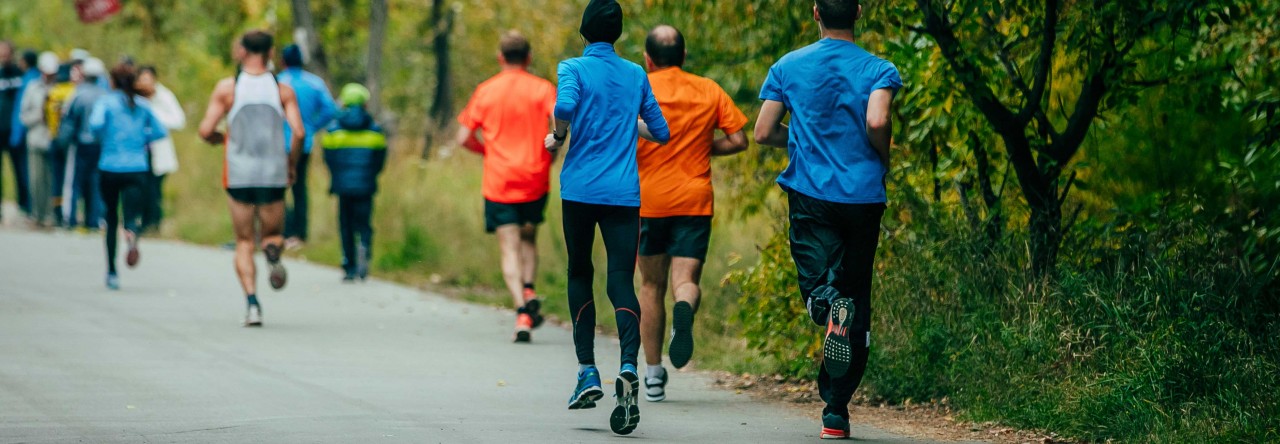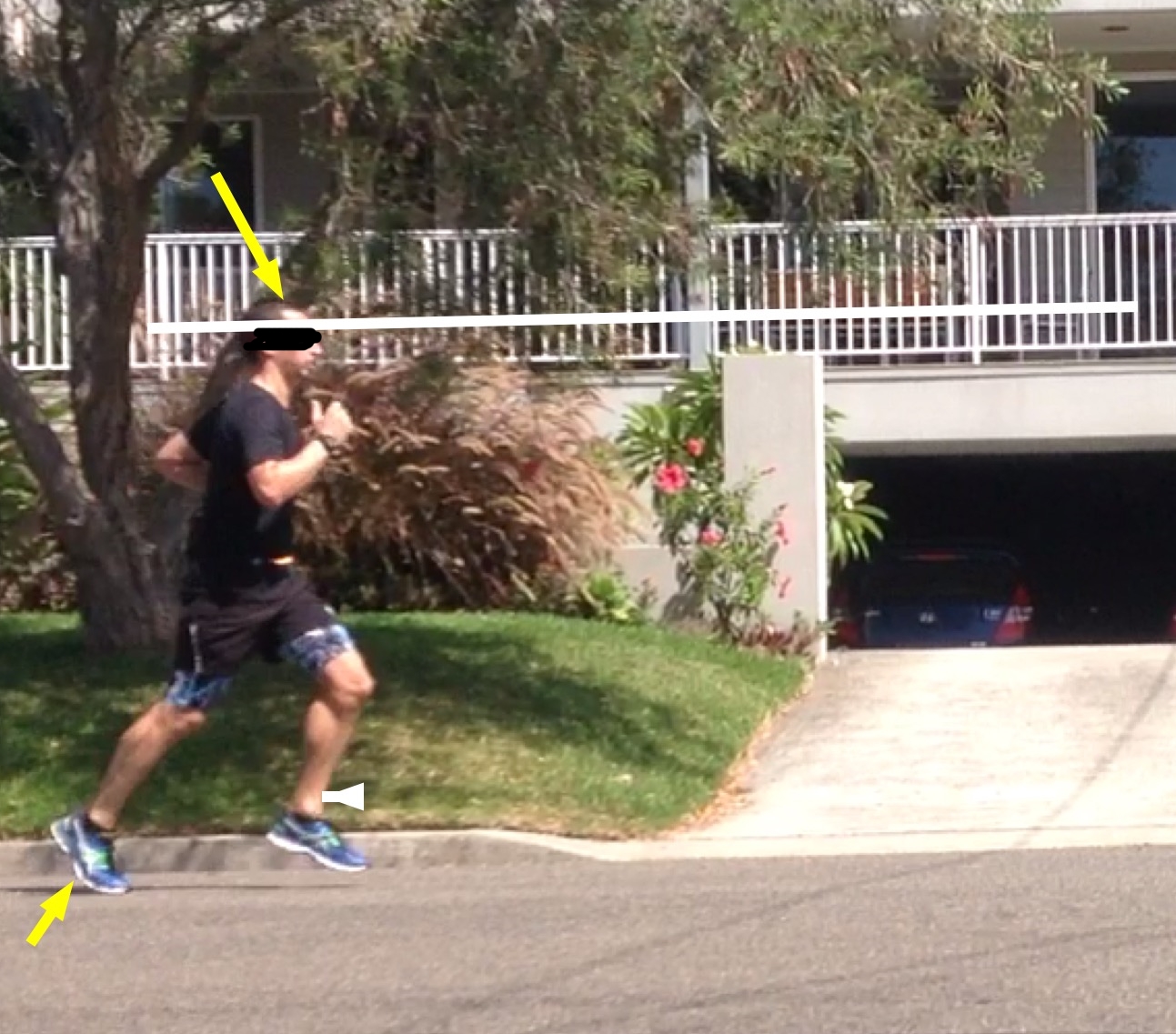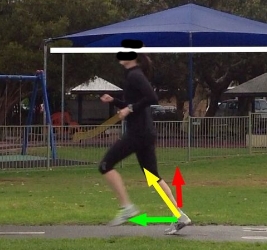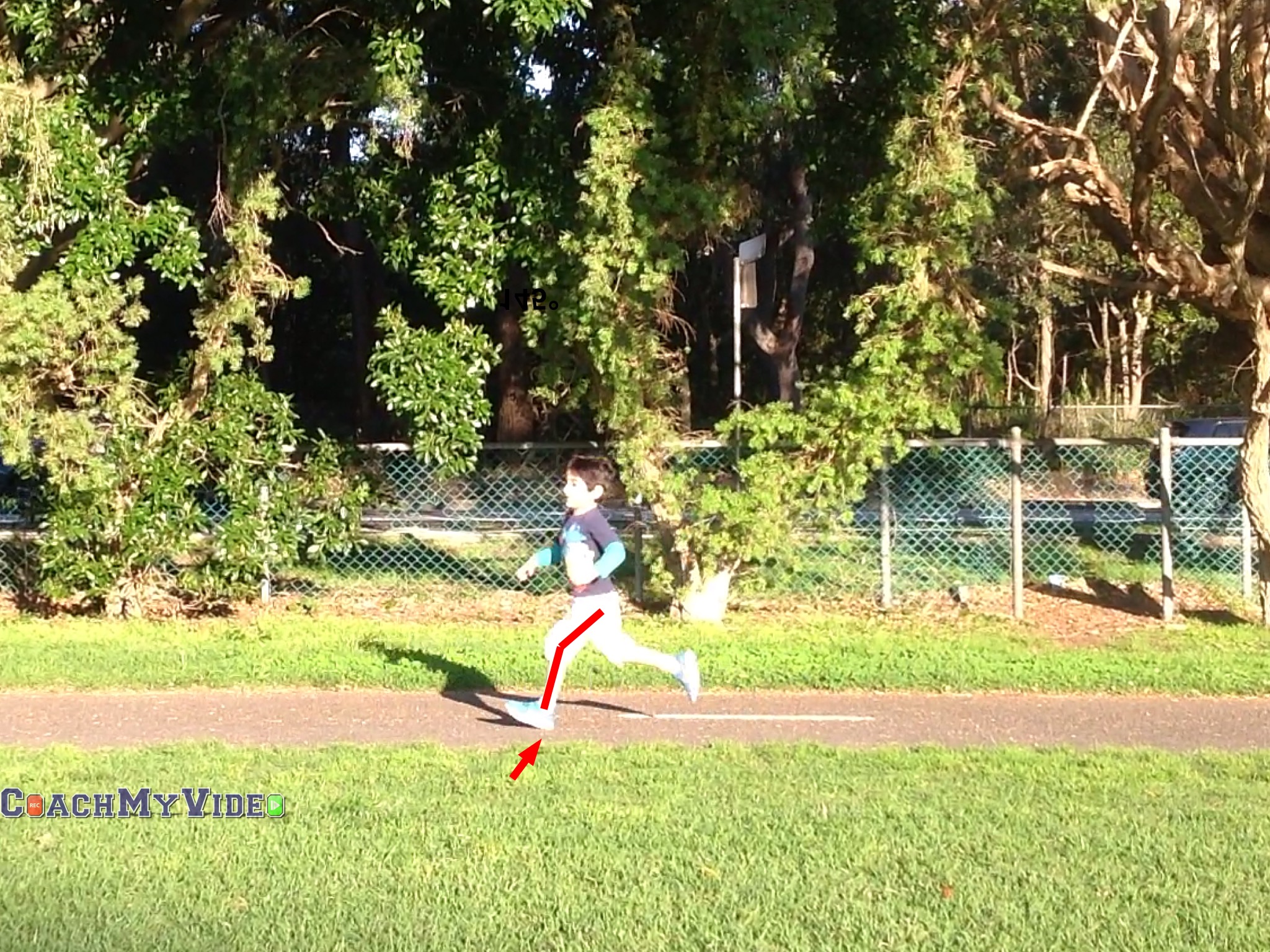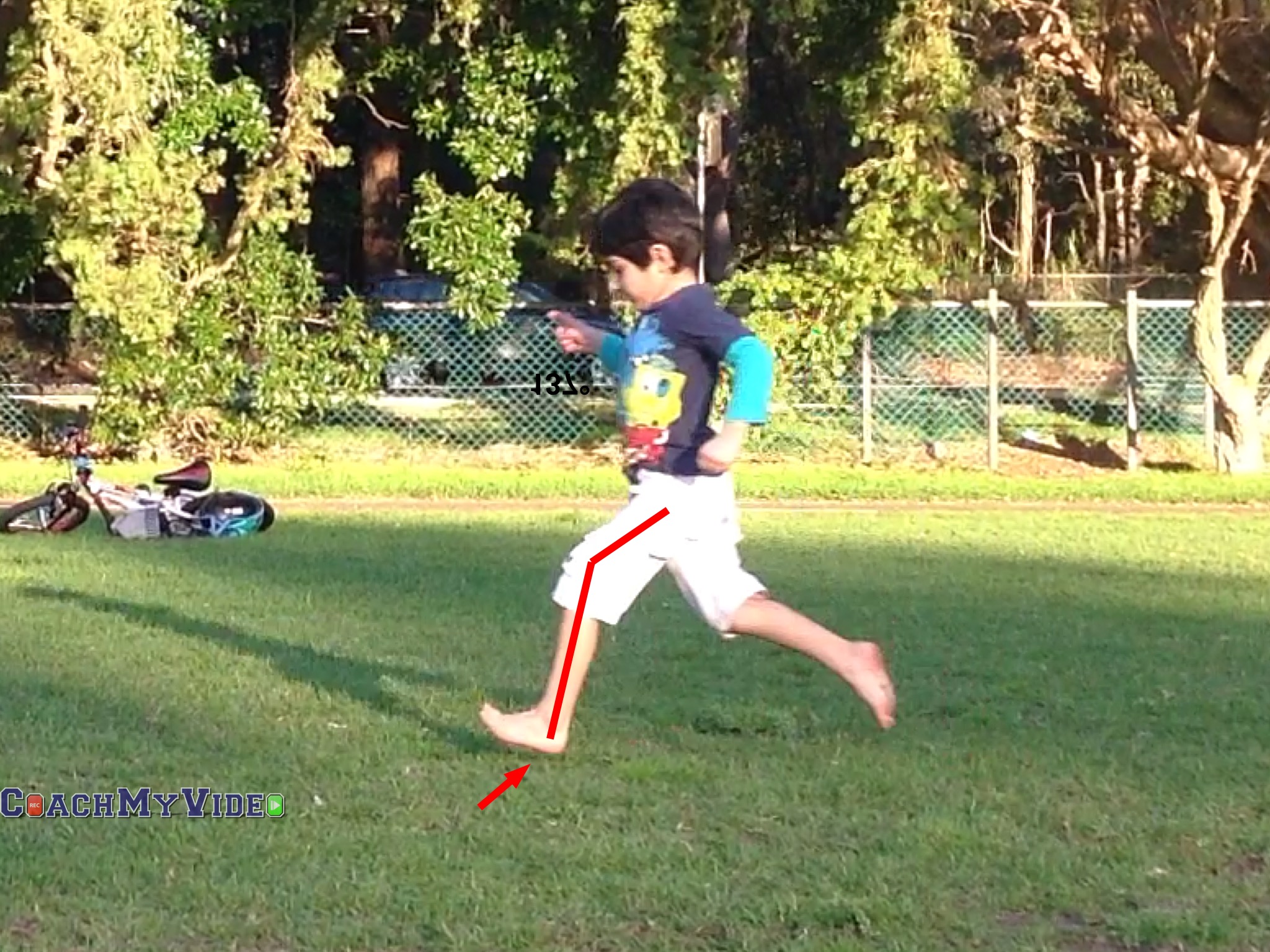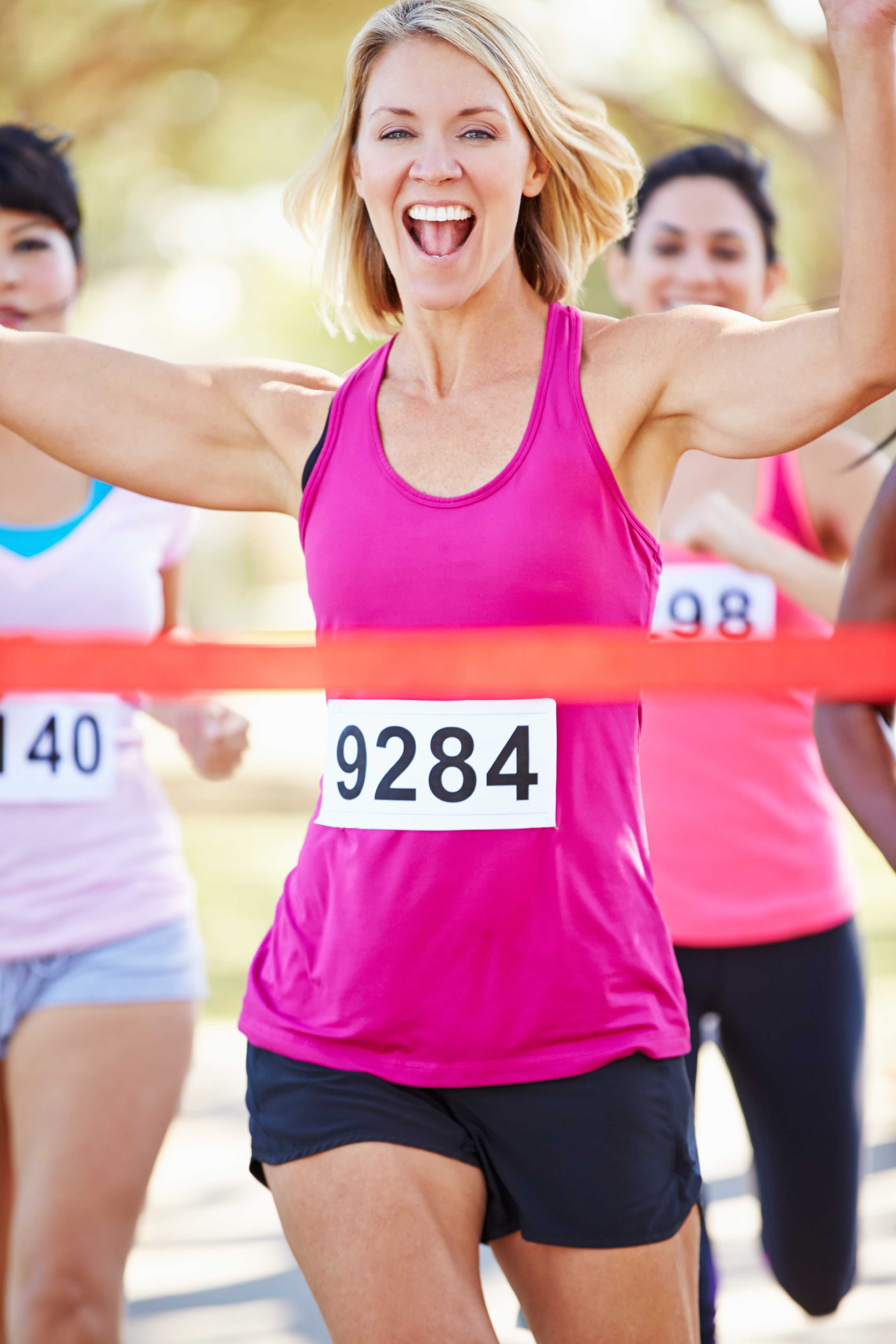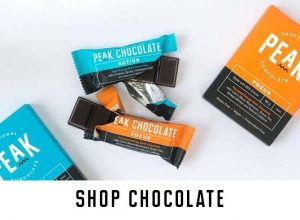Summer is on the way in southern hemisphere and am replacing lunch time long runs by early morning and evening workouts. Speaking of training at late hours, am pleased with a free running group down in Manly organised by Karmea Fitness (www.karmeafitness.com) every Thursday at 7 pm. We do interval training and is different from a week to another. It fits my plans and is always good to work on speed beside slow-and-long runs. If you do not have a speed workout in your routine and you can commute to Manly I would recommend these sessions. Nice atmosphere by the usual participants and of course the beautiful scenery of Manly beach are in the package.
And now about Vertical Oscillation. For those who do not know what it is, it is the amount of going up and down at running. For those who are confused because they think running is on a horizontal direction, you should take a video of someone’s running and watch it in slow motion to see how much the top of the runner’s head goes up and down. Minimizing this travel would be hugely cost effective. A typical marathon runner would almost climb a few sky scrapers during the course of a marathon. Let’s do some math to see:
- Number of strides per minute: 170 (180-200 is the best, but most of runners are below that)
- Average time to finish a 42.2km marathon: 4hr
- with only 5cm vertical oscillation at each stride there will be : 4 (hr) x 60 (min) x 170 (cadence) x 5cm = 2040 meters!
Although this vertical travel is inevitable, there are movements in runners techniques that increase it. One main culprit is the push-off the ground. As I must have said it a few million times at my blog posts, most of recreational runners push off the ground for propulsion (and that is my single goal I like to fix in the runners’ community).
Talking physics, this push (yellow arrow in the snapshot below) has two components:
- Horizontal (green arrow)
- Vertical (red arrow)
The horizontal component is the only part runners are after. The vertical part, which comes as a by-product of the push, throws the runner upwards (the so-called vertical oscillation). So the question is, how bad is it? Is there any benefit in doing that at all?
Those who have a relatively higher VO travel longer in the air because they go higher upwards so it takes longer to come down. It is a symmetrical two-way move meaning by the same amount of time it takes to go up it does to fall back down. During this time the runner travels horizontally. In fact by this technique runners buy more time to move horizontally so end up in longer stride length. The downfalls are:
- Higher impact with the ground
- Landing ahead of the body
- Longer ground contact time
The last one is an interesting consequence. Although the airborne phase looks longer, the ground contact phase gets longer too for another effective push-off so the overall airborne time does not find a higher ratio to the total time. Landing ahead of the body is usually an outcome of pushing-off the ground, and in most cases comes with letting heels touch the ground first; if not taking words from me on how bad it is, speak with your physio. Lastly, the higher impact with the ground is simply because the runner falls from a higher height.
At the alternative technique, Pose method, the stride length is meant to be kept short. What increases is stride rate (cadence). In fact we have a short window to make a stride before we fall back down from a shorter height. Does it make sense? Let me explain it from a different angle. At this technique the source of propulsive force is from falling forward. That means there is a short amount of time before falling flat on our face to make a stride! If you try it you will see it happens so quickly until you feel the urge to put a foot forward to avoid it. If you are not quick enough you miss the window. As long as you feel the need to have longer time to make the stride you end up in pushing for a slight upward jump to lengthen the period of each stride. Once you mange making a stride within that window you end up in having higher cadence. This cadence falls automatically in 180-200 strides per minute. So interesting that this known right cadence of 180-200 is actually a by-product of running in pose.
Have a look here. Keep your focus on top of Dr Romanov’s head to see how far it goes up and down. The second focal point is to watch his feet, to see how passively they leave the ground after landing. Final point is the engagement of hamstring and how quickly they are utilized. Usually at leaving the ground knees push; they do not do it here. Constantly decreasing angle of knees frame by frame straight after leaving the ground is the indicator.
